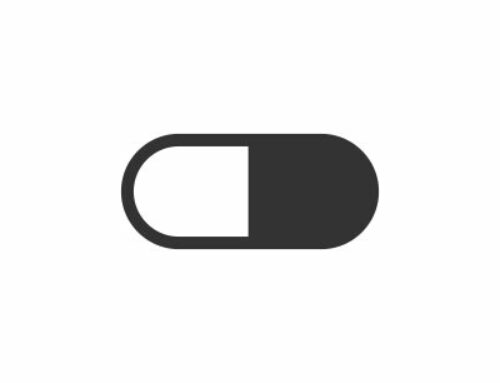
Photo credit: David Castillo Dominici at FreeDigitalPhotos.net
Assisted Reproductive Techniques (ART), better known as in-vitro-fertilization (IVF) and intracytoplasmic sperm injection (ICSI), involve manipulation of several steps of conception, from the stimulation of gamete production to the culture of embryos in the laboratory.
A whole lot of manipulation as the matter of fact.
These manipulations include: the use of hormones to stimulate ovaries to produce eggs, in vitro maturation of those eggs, the use of immature sperm, the use of ICSI with direct injection of sperm, culture of pre-implantation embryos in the laboratory before transferring back to the uterus, and cryopreservation of either gametes (eggs and sperm) or embryos.
The thing is, any of these steps of ART might alter the normal imprinting process.
I could have equally said, every one of these steps does alter the normal imprinting process, only that we don’t know yet to which extent or what it does for the future health of the child conceived this way.
Are IVF and ICSI safe?
Until recently, science has been focused on mutations in DNA sequence and blamed them as the genetic background of most diseases, including birth defects.
In recent years, compelling evidence has been presented that DNA sequence can be modified in many more subtle ways, and that those epigenetic modifications not only fine-tune embryonic development but also play a critical role in pathogenesis of complex diseases of adult life, such as cancer and neurodegenerative disorders.
To date, over five million children have been born with help of assisted reproductive technologies. Currently, ART accounts for 1 to 3% of annual births in industrialized countries and continues to expand as I write this post.
Most of the children conceived by IUI, IVF, and ICSI are still under 5 years of age, but as they age, new facts are surfacing and there is a lot to learn for all sides involved.
Generally, these technologies are considered safe. However, new evidence presented over the last years has suggested an increased incidence of imprinting disorders in children conceived by ART.
An increased risk was reported for several rare disorders, but the small number of cases was making any straight causall relationship impossible. Nevertheless, huge amount of data from animal studies also suggested a link between increased imprinting disorders and ART.
If you now wonder why we perform experiments on animals to find out things about humans, that is for the reason that some questions (including the most important ones) can’t be adressed in humans due to ethical reasons. So we will continue to torture animals, but won’t get any smarter or solve things which bother them – that is the nature of biomedical research.

Image credit: luigi diamanti at FreeDigitalPhotos.net
In simple terms this would mean: ladies who suffer from infertility, please keep your eyes wide open!
Learn about your particular disorder as much as you can and, given an option, don’t necessarily aim for the maximum high-tech which assisted reproductive technologies have to offer!
And always do everything you can to keep up the quality of your eggs and your reproductive health as fit as possible. That way, you will increase chances to get pregnant either way – naturally, or with help of technologies.
Large longitudinal studies are particularly critical to evaluate long-term effects of ART not only in terms of embryonic development and birth defects (most studies so far compare only birth defects in ART vs. non-ART children). However, another important consideration will be to determine whether the implicated association between ART and imprinting disorders is actually related to the reproductive technologies or to infertility itself?
There are for sure many surprises coming up in the next years and this we are now sure of: we can’t any longer be blind to the environment in which the conception takes place, or diminish by any means the role that the quality of woman’s eggs has in this process.
In this short video you can see what exactly occurs during the ICSI procedure in the lab. You don’t need to be an expert on egg quality to understand that a lot of fine architecture gets destroyed. Does it really not matter? We simply can’t tell yet.













